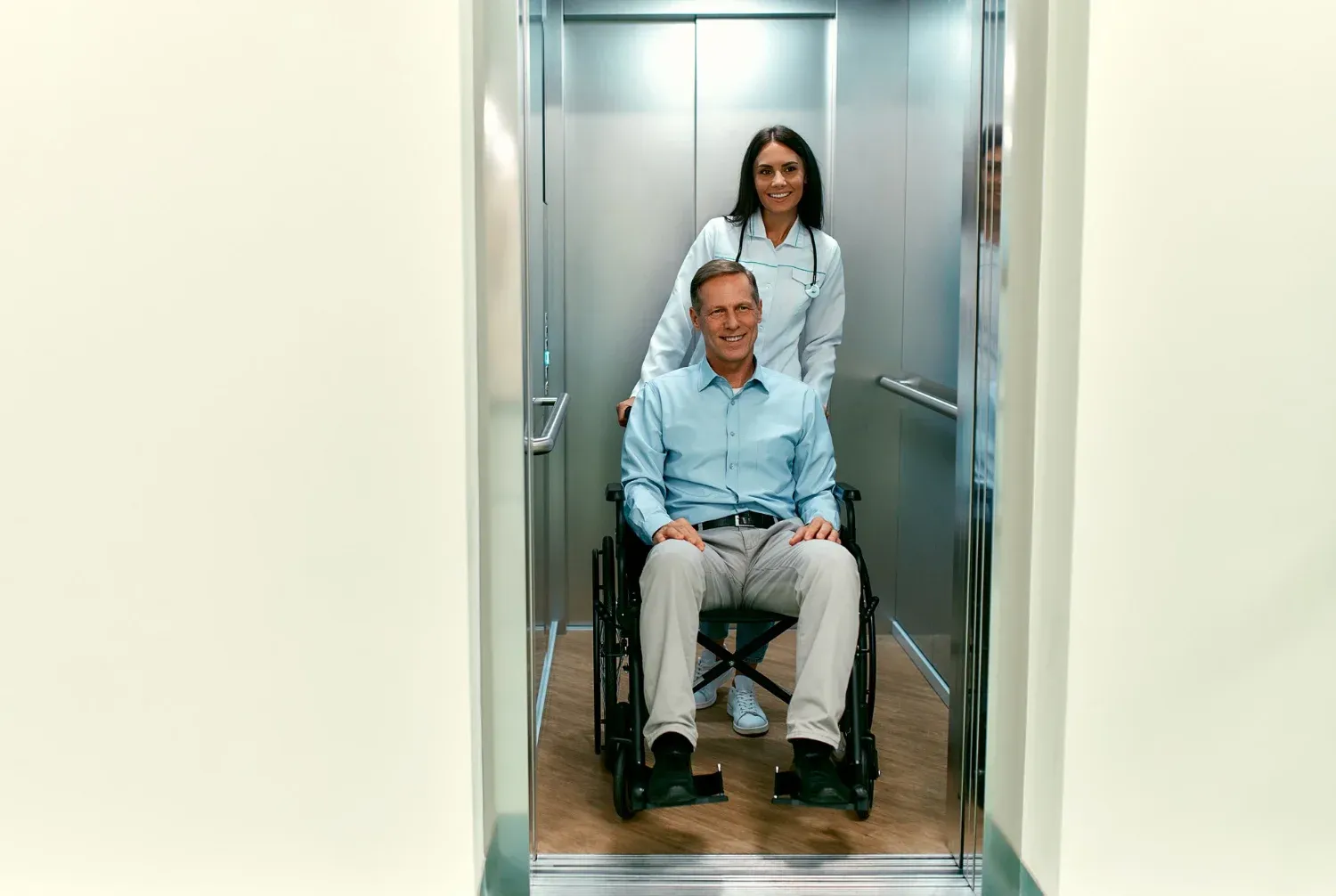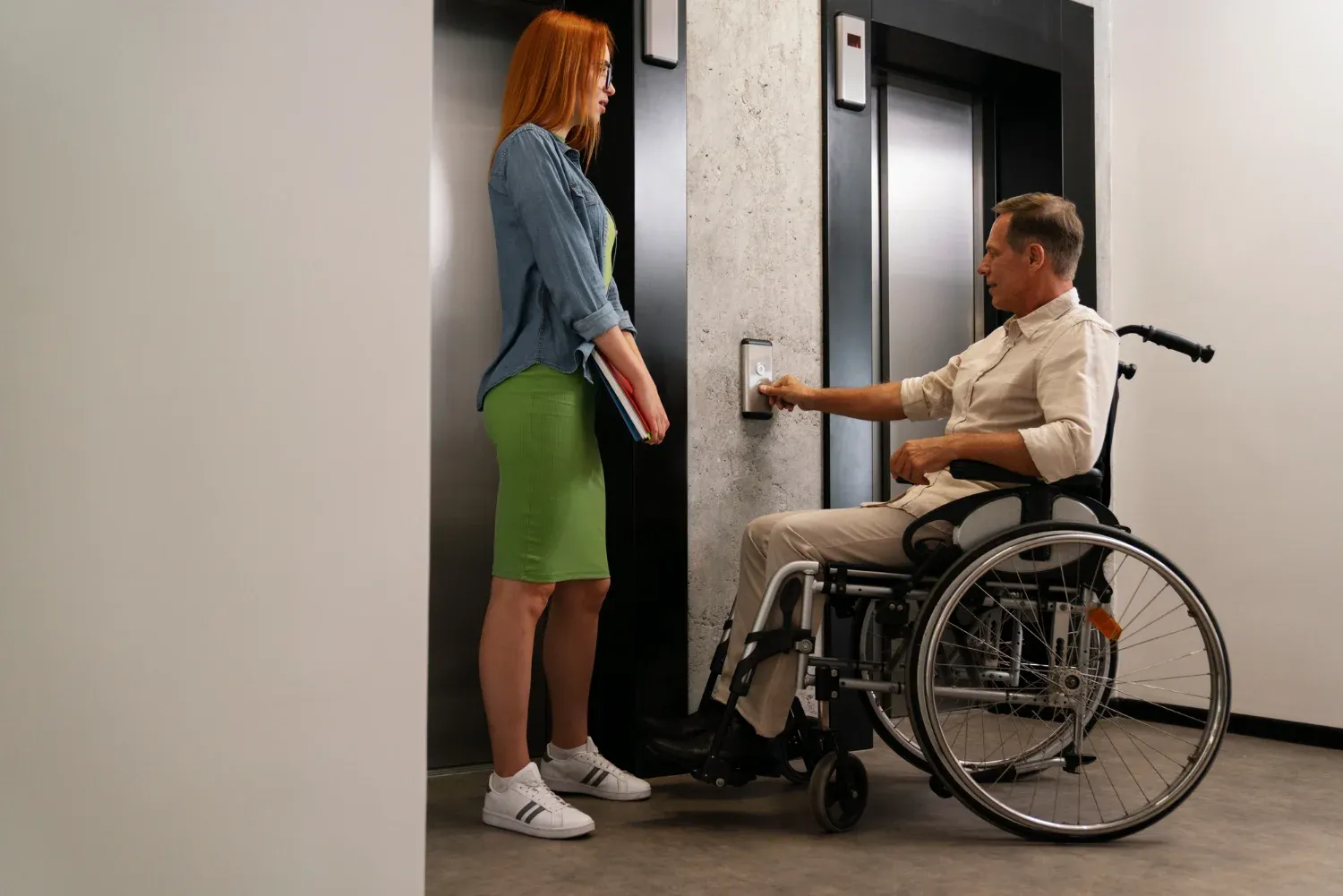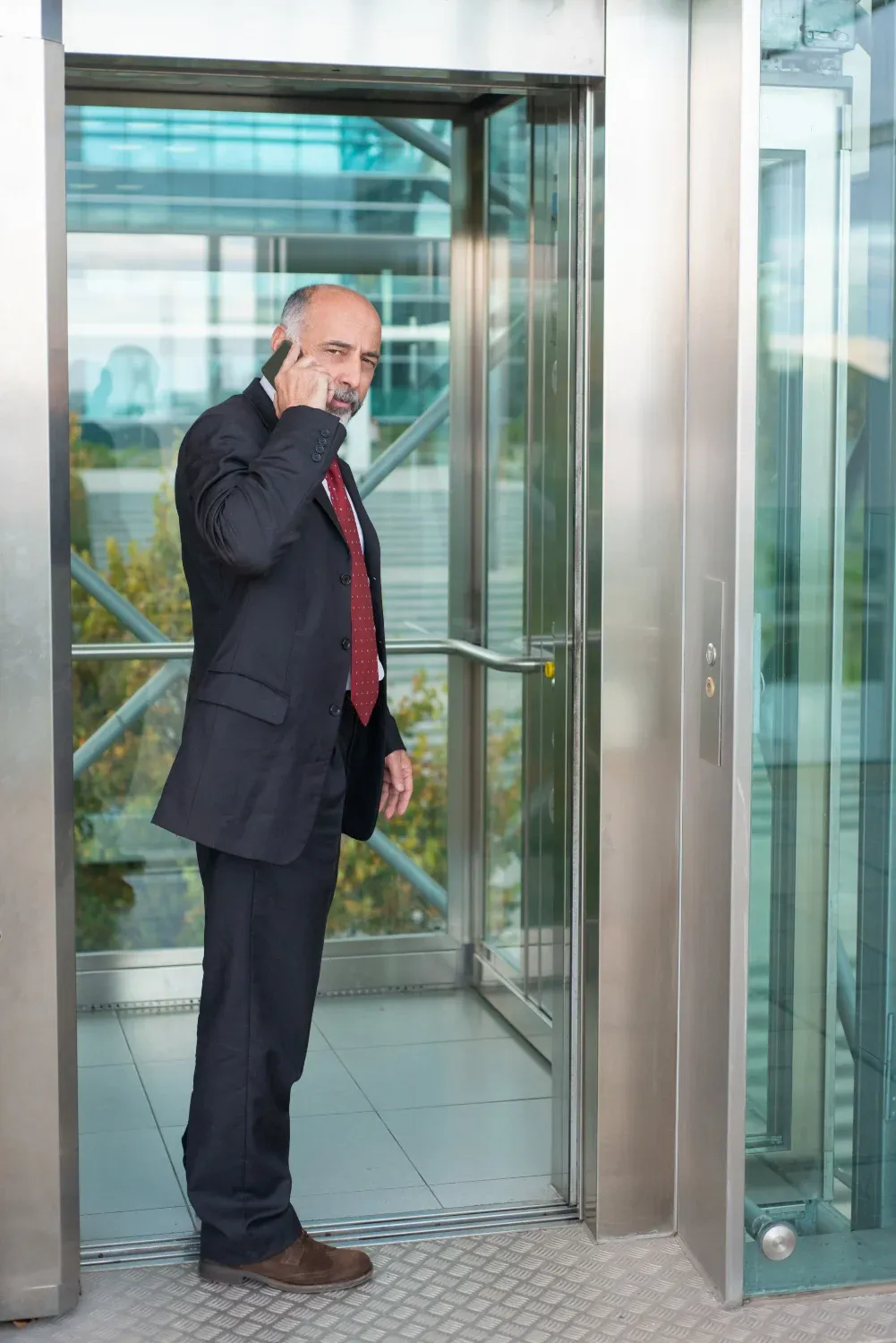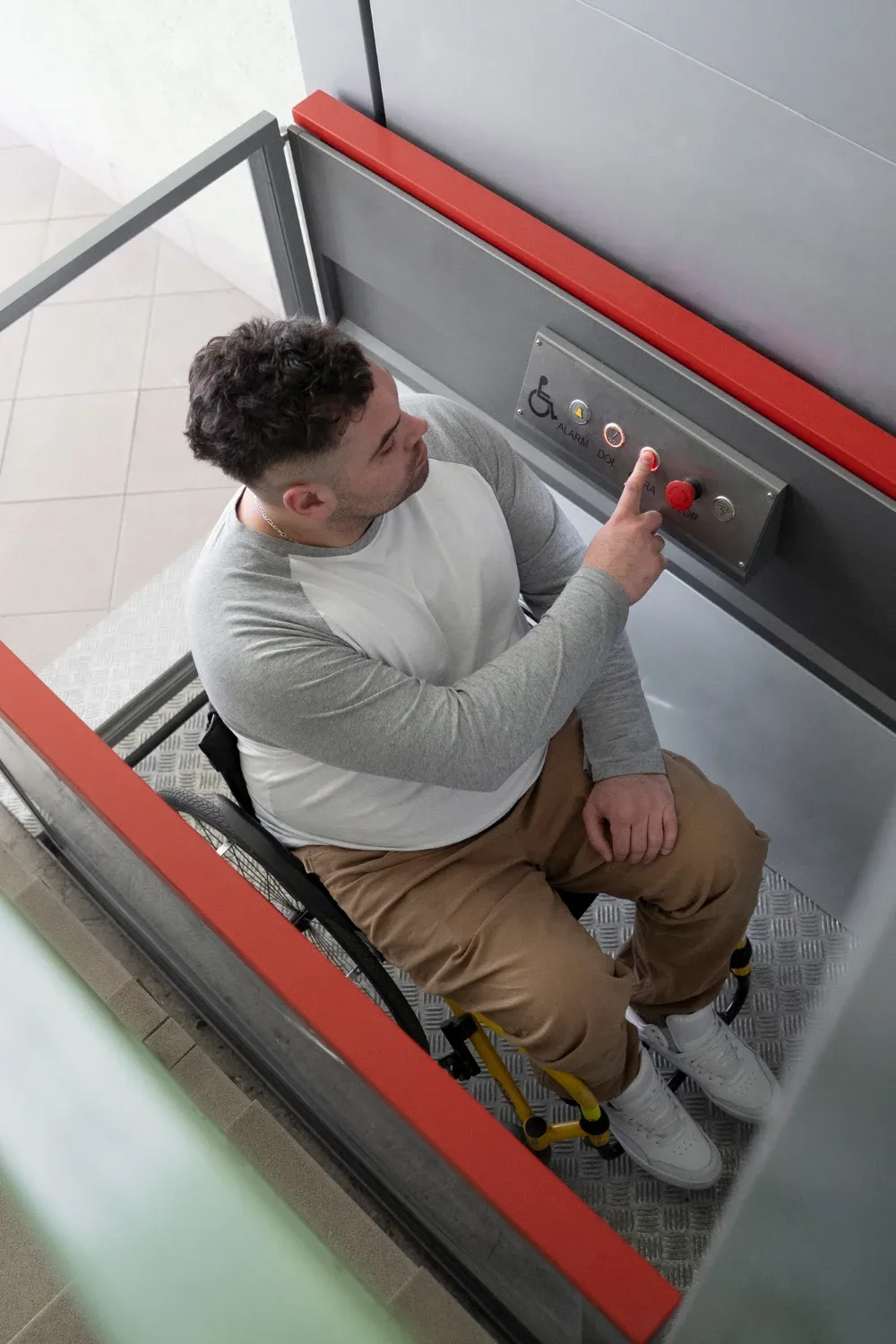Aging in place, the concept of growing old in the comfort of one’s home rather than moving to a nursing home or assisted living facility, has gained significant popularity in recent years. It’s a desire shared by many seniors who want to maintain their independence and stay connected to their communities. However, aging in place comes with its own set of challenges, particularly related to mobility and safety. This is where home elevators play a pivotal role, providing a convenient and secure way for seniors to navigate their homes. In this article, we will explore how it is essential to enhance mobility and safety for seniors who are committed to aging in place.
The Challenges of Aging in Place
Aging in place can be a fulfilling choice for many seniors, but it comes with its unique set of challenges. One of the most significant challenges is mobility. As people age, they may experience physical limitations that make navigating stairs difficult or even dangerous. This limitation can hinder access to different parts of their homes, including upper floors or basements. For seniors with mobility issues, the installation of a home elevator can be a game-changer.

Benefits of Home Elevators for Seniors
Elevators offer numerous benefits for seniors, enhancing their quality of life and enabling them to age in place with comfort and independence. Here are some key advantages:
Enhanced Mobility
One of the primary challenges seniors face as they age is reduced mobility. Stairs can become a significant obstacle, making it difficult to navigate multi-story homes safely. Elevators provide a solution by ensuring that every level of the house is easily accessible without the need to climb stairs. This accessibility enhancement allows seniors to maintain their independence, move freely within their homes, and avoid the risks associated with stair-related accidents.
Enhanced Safety
Falls are a major concern for older adults, and stairs pose a significant risk. According to the Centers for Disease Control and Prevention (CDC), falls are the leading cause of injury-related deaths among seniors. They eliminate the need for seniors to use stairs, reducing the risk of falls and injuries. Additionally, elevators come equipped with safety features such as non-slip flooring, handrails, and emergency stop buttons, further enhancing the overall safety of the home.
Independence and Autonomy
Maintaining independence is a fundamental aspect of aging in place. They empower seniors to move freely within their homes without relying on assistance from family members or caregivers. This sense of autonomy can boost their self-esteem and overall well-being.

Convenience and Comfort
They also enhance the overall convenience and comfort of daily living. They make it easier for seniors to perform routine tasks, such as doing laundry, accessing all areas of the house, and carrying groceries or other heavy items between floors. This convenience can help seniors maintain a higher quality of life.
Social and Emotional Well-being
Aging in place is not just about physical comfort; it’s also about maintaining social connections and emotional well-being. Home elevators can facilitate this by enabling seniors to access different parts of their homes where they may spend time with family and friends. The ability to move freely between floors encourages social interactions and minimizes feelings of isolation, contributing to better mental health and a higher quality of life.
Increased Property Value
Investing in a home elevator is not only beneficial for the immediate comfort and safety of seniors but also for the long-term value of the property. Homebuyers, including those looking for a forever home, often consider accessibility features like elevators as valuable assets. Installing a lift can increase the resale value of the property, making it a wise investment for aging homeowners.
Emotional Well-being
The ability to access all areas of their home easily can have a positive impact on seniors’ emotional well-being. It allows them to maintain a sense of normalcy and connection to their living space, reducing feelings of isolation.

Choosing the Right Home Elevator Provider
Choosing the right home elevator provider is crucial for ensuring safety and reliability in your vertical mobility solution. Several key aspects to consider are
- Reputation and Experience: Opt for a provider with a strong reputation and years of experience in the industry. Look for reviews, testimonials, and case studies to gauge customer satisfaction.
- Safety Standards: Ensure the provider adheres to all safety standards and regulations, including certifications and inspections, to guarantee the elevator’s safe operation.
- Customization Options: Choose a provider that offers customization to meet your specific needs, from elevator size and design to accessibility features.
- Warranty and Maintenance: Inquire about warranty coverage and ongoing maintenance services. A reliable provider should offer comprehensive support to keep your elevator in top condition.
- Energy Efficiency: Consider energy-efficient options to minimize operational costs and reduce your carbon footprint.
- Cost and Budget: Get multiple quotes and compare pricing to stay within your budget. Be cautious of overly cheap options, as quality and safety may be compromised.
- Customer Support: Evaluate the provider’s customer service and responsiveness, as you’ll want prompt assistance if any issues arise.
- Local Regulations: Ensure the provider is knowledgeable about local building codes and permits to facilitate a smooth installation process.

Financial Aspects of Home Elevators
Elevators can be a significant financial investment with several key aspects to consider:
- Initial Cost: The cost of purchasing and installing a home elevator can vary widely depending on factors like the type, size, and complexity of the elevator. On average, you can expect to spend anywhere from $20,000 to $50,000 or more.
- Maintenance Costs: It requires regular maintenance to ensure safety and functionality. Annual maintenance costs can range from $200 to $500 or more, depending on the elevator’s complexity.
- Energy Costs: Operating a home elevator consumes electricity. While it’s not a significant expense, it’s still worth considering in your budget.
- Home Value: Installing a home elevator can increase the resale value of your property, potentially offsetting some of the initial costs. However, the return on investment can vary depending on your location and the real estate market.
- Accessibility Benefits: Beyond financial considerations, They offer convenience and improved accessibility, which can be priceless for individuals with mobility issues or those planning to age in place.
- Financing Options: Some homeowners may choose to finance the elevator through a home equity loan or line of credit, spreading the cost over time.

To Bring It All Together
home elevators play a vital role in supporting aging-in-place strategies by addressing the challenges of mobility and safety that seniors often face. These convenient and secure mobility solutions enhance the quality of life for aging individuals in several ways: by providing enhanced mobility, ensuring safety, promoting independence and autonomy, offering convenience and comfort, facilitating social and emotional well-being, increasing property value, and positively impacting emotional well-being. [/et_pb_text][/et_pb_column][/et_pb_row][/et_pb_section]

